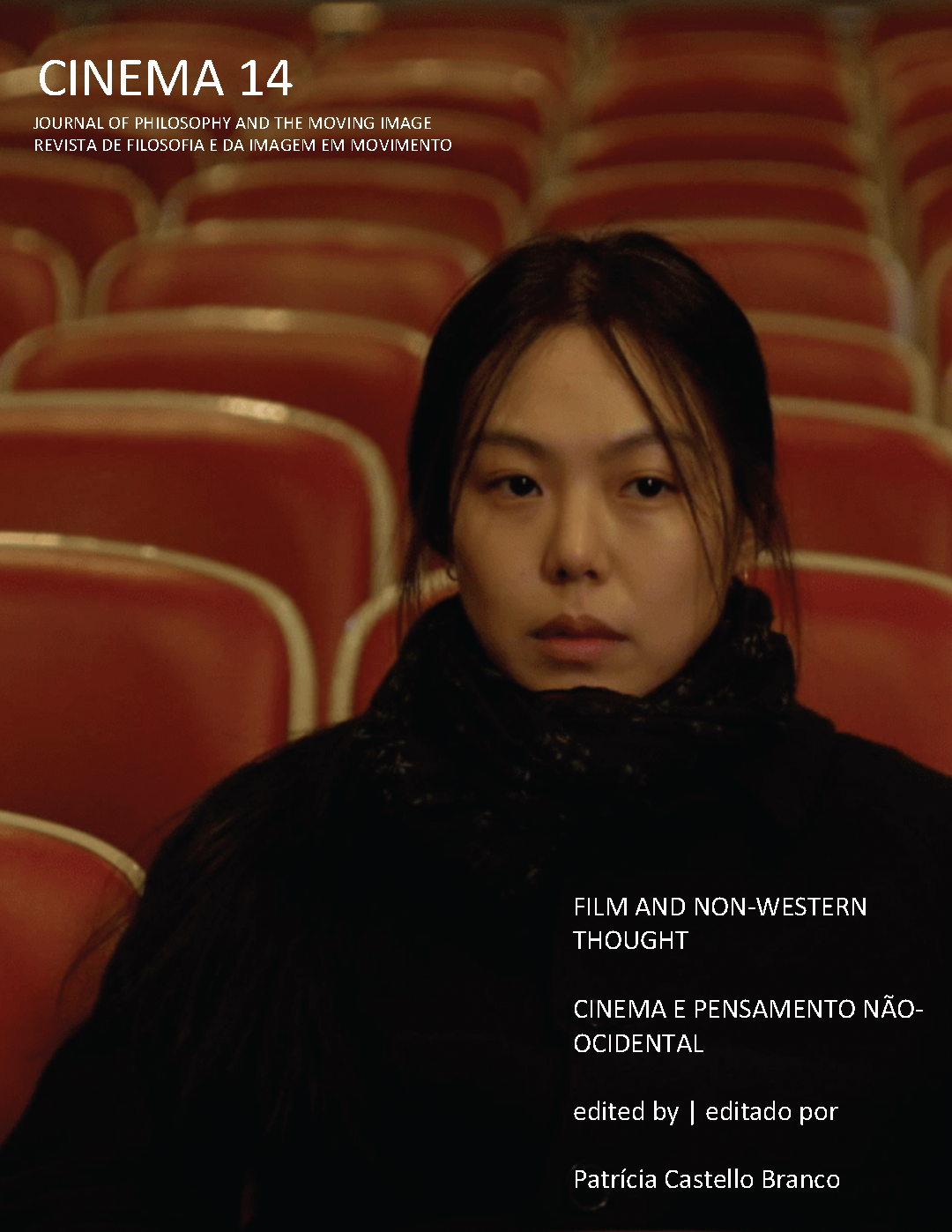The Real and The Imaginary: Reworking the Boundaries in the Light of Recent Chinese-language Cinema
DOI:
https://doi.org/10.34619/8mrh-aqoqPalavras-chave:
Chinese Cinema, Realism, Imaginary, French Philosophy, Daoism-BuddhismResumo
This paper studies the boundaries between the Real and the Imaginary in contemporary Chinese-language and related films by bringing conceptualizations deriving from Buddhism, Daoism, and Chinese literary and aesthetic traditions to the discussion. It aims to initiate a dialogue between these non-Western epistemologies, ontologies and philosophies, and those from the Western world. Predominantly Western dichotomies such as actuality and virtuality, or reality and imagination, seem to be naturally blurred and nuanced in Daoism-Buddhism.
By reflecting upon the relationship between the Real and the Imaginary on screen, their relation to each other and mutual permeation, the paper seeks to expand film theory in general, and the theory of realism in particular, without forcing an integration of and ignoring the incompatibilities between these Western and Chinese approaches. When alternative perspectives from non-Western cultures are brought to the discourse on the representation of the photographic image in films, the theory of realism can be expanded, and scholarship around the relationship between the Real and the Imaginary on screen can be furthered.
The concept of the “Real” in Western film theories will be discussed first. In the West, the concept is often rooted in theorization around “realism”, and especially the thinking of André Bazin and Siegfried Kracauer when it comes to the field of audio-visual media. In contrast, the approach to the “Real” is more fluid in the framework of Chinese literary, visual, and aesthetic ideas as well as Daoist and Buddhist philosophies, which can in turn be understood in parallel to the Western philosophies of thinkers including Maurice Merleau-Ponty and Gilles Deleuze. We then zoom in on the interplay between the Real and the Imaginary in contemporary Chinese-language and related cinema, using two examples: Crosscurrent (Changjiang tu 长江图, Yang Chao, 2016) as a place of dialogue between Zhuangzi 庄子 and Merleau-Ponty's phenomenology of the body, and Kaili Blues (Lubian yecan 路边野餐, Bi Gan, 2016) informed by the Buddhist idea of impermanence and the concepts of Gilles Deleuze and Félix Guattari.
Downloads
Publicado
Como Citar
Edição
Secção
Licença
Direitos de Autor (c) 2022 Cinema: Revista de Filosofia e da Imagem em Movimento

Este trabalho encontra-se publicado com a Licença Internacional Creative Commons Atribuição 4.0.




